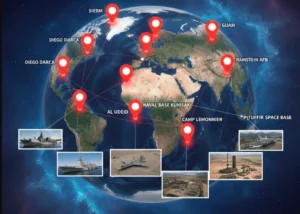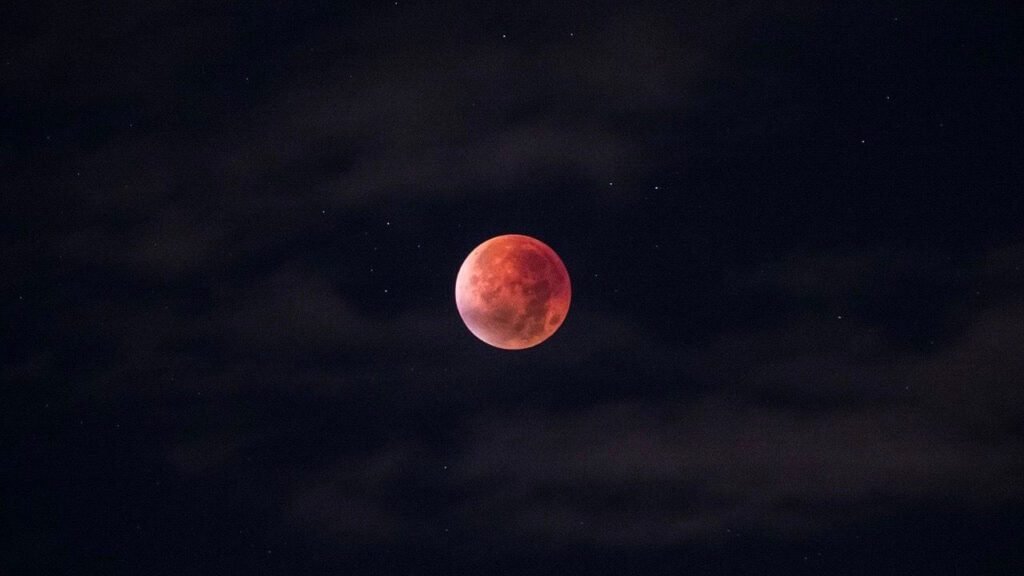A stunning celestial spectacle captivated stargazers worldwide on Tuesday night as a supermoon coincided with a rare partial lunar eclipse. This extraordinary event made the Moon appear brighter and bigger than usual.
The supermoon, photographed over Jerusalem’s ancient city, was visible globally, mesmerizing viewers with its brilliance. But what made this event so unique? The Moon was at its closest point to Earth in its orbit, resulting in the supermoon phenomenon.
Meanwhile, a partial lunar eclipse occurred, casting the Earth’s shadow on about 4% of the Moon’s disc. This rare alignment made for a breathtaking sight, with the eclipse visible across the globe, particularly in the UK, the US, Latin America, Europe, Africa, and parts of Asia and the Middle East.
In the UK, the eclipse unfolded between 1:40 BST and 5:47, reaching its peak at 3:44. US viewers witnessed the spectacle between 8:41 PM EST and 12:47 AM, with the maximum eclipse occurring at 10:44 PM. The rare celestial event captivated stargazers worldwide.
Notably, this month’s full moon, the Harvest Moon, is the second of four supermoons this year. Stargazers can look forward to two more supermoons in 2024.
Mark your calendars for August 2026, when a partial lunar eclipse will occur, covering 96% of the Moon’s surface. This rare event promises to be an unforgettable spectacle.
The supermoon and partial lunar eclipse combination was a rare treat for astronomy enthusiasts. Witnessing a supermoon and lunar eclipse simultaneously is a unique experience for stargazers in awe.












